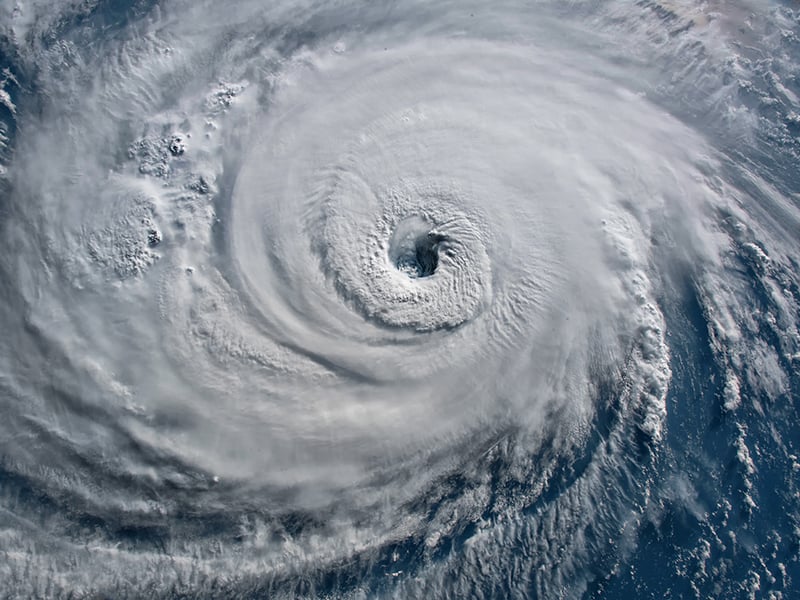
The 2022 U.S. hurricane season opened June 1 with news of a tropical weather system developing near the Yucatán Peninsula of Mexico, headed toward the southern half of Florida. And while it didn't strengthen into a hurricane, one thing is certain: it won’t be the last tropical system to threaten our shores this year.
The National Oceanic and Atmospheric Administration (NOAA) has predicted a higher-than-average hurricane season for 2022, with a likely range of 14 to 21 named storms (winds of 39 mph or higher). Six to 10 of those could become hurricanes (winds of 74 mph or higher), including three to six major hurricanes (category 3, 4 or 5; with winds of 111 mph or higher), according to their analysis.
At C Spire, we don’t take hurricanes or other severe-weather threats lightly. Here’s how we keep our wireless network running when the inevitable happens, plus some resources consumers can keep handy to help with their own preparation and recovery plans.
We don’t get prepared—we stay prepared
C Spire team members work year-round to harden our extensive wireless networks and prepare for a wide range of potential disasters and major weather events. We routinely review and update our emergency preparedness and crisis communications plans, as well as conduct drills throughout the year to test the readiness of our network and team members.
‘Super switches’ at the ready
Multiple facilities placed around C Spire’s wireless footprint, nicknamed “super switches,” are designed to withstand the force of a category-five hurricane. These high-tech facilities process millions and millions of calls and data and add additional protection and service assurance for customers. Within the super switches, we have additional generators and a grid of battery backups, and then redundancy systems on top of that just to ensure the maximum reliability of our network. We don’t quit, and that’s good news for you.
Backups for the backups
Network engineers run regular drills to force-fail our systems in order to make sure generators kick on. Tower crews stand ready to act, with fuel trucks prepared to service our cell sites in the event external fuel sources get low. COWs (Cell on Wheels) and COLTs (Cell on Light Truck) are readied to respond in the event a cell site goes down or is damaged.
Stay weather aware with free alerts on your mobile phone
Consumers also can receive free, location-based Wireless Emergency Alerts (WEA) notifications on capable mobile phones under a national public safety warning system designed to alert consumers during emergencies. WEA messages feature a special tone and vibration that is repeated twice so users can easily identify these types of emergency alerts.
Additional resources
We encourage you to stay weather aware during hurricane season, all the way through November 30. Here are some helpful resources to bookmark.
Mississippi Emergency Management Agency
Alabama Emergency Management Agency
Tennessee Emergency Management Agency
Federal Emergency Management Agency

















